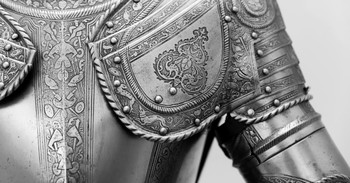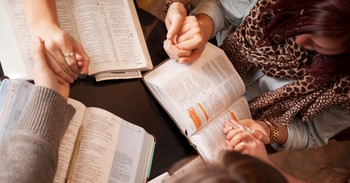Thomas a Becket was born in London. Henry II made him Archbishop of Canterbury over his protests. Becket soon was on the outs with the king. Henry spoke hasty words that led four of his knights to kill the bishop at his own altar. Canterbury became a place of pilgrimmage after that and the subject of T. S. Eliot's famous play, Murder in the Cathedral.
Birth of Johann Christolph Schwendler, German clergyman and author of the hymn "Ask Ye What Great Thing I Know," in Krobsdorf, Silesia, Germany. He pastored his last 30 years (1700-1730) at Niederweise, where he founded an orphanage. His fame as a preacher grew, and great crowds attended his worship services. It is said that sometimes after beginning a service at five or six in the morning, he would continue the service to relays of worshippers, who in succession filled the church until two or three in the afternoon. He found time to write more than 500 hymns, the principal theme being the grace of God through Christ and the joyful confidence imparted to the believer. "Who defeats my fiercest foes? Who consoles my saddest woes? Who revives my fainting heart, Healing all its hidden smart? Jesus Christ, the Crucified."
Robert Moffat was born in Ormiston, Scotland. He bacame a famous Presbyterian missionary to South Africa. Converted at 17, he soon showed an interested in missions. In 1816 the London Missionary Society reluctantly sent him to Cape Town, South Africa, believing him to be unqualified. Four years later, he married Mary Smith, who had come there from London. The couple settled at Kuruman in Bechuanaland in 1825, where they established their headquarters for the next 45 years of mission work. They returned to England from 1839-43, promoting the cause of missions in Africa. Moffat inspired David Livingstone (1813-73) to go. In 1845 Livingstone married Moffat's daughter Mary. Moffat and his wife served as missionaries until failing health forced their retirement in 1870. While on the field, Moffat translated the Bible into Sechvana. He also authored a hymn book and published two missionary textbooks on South Africa.





